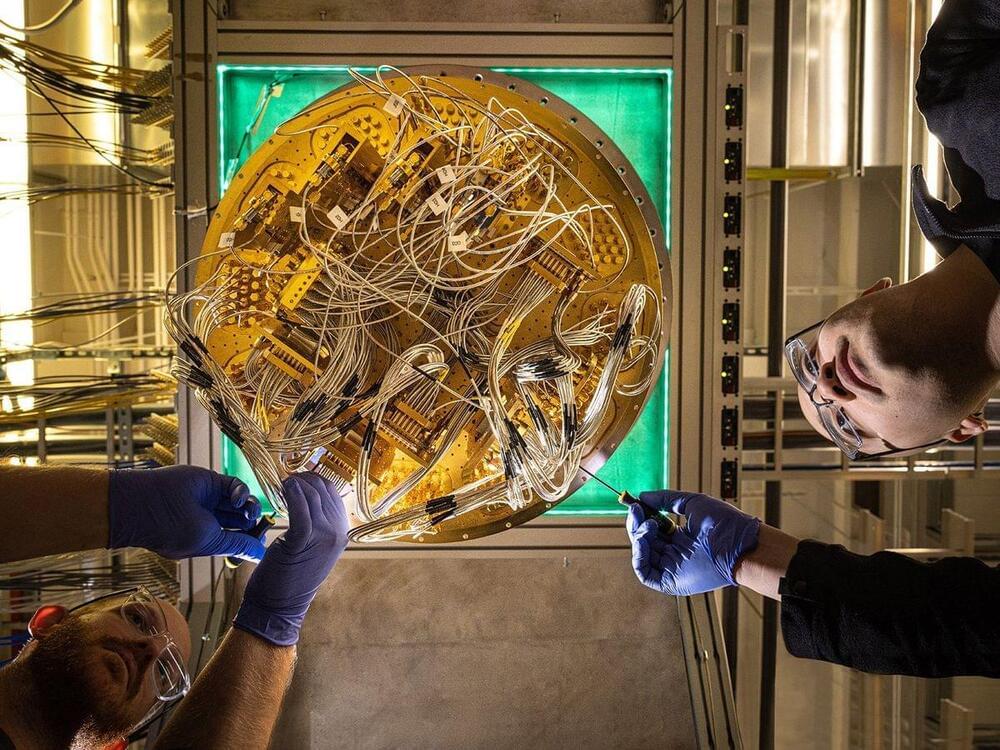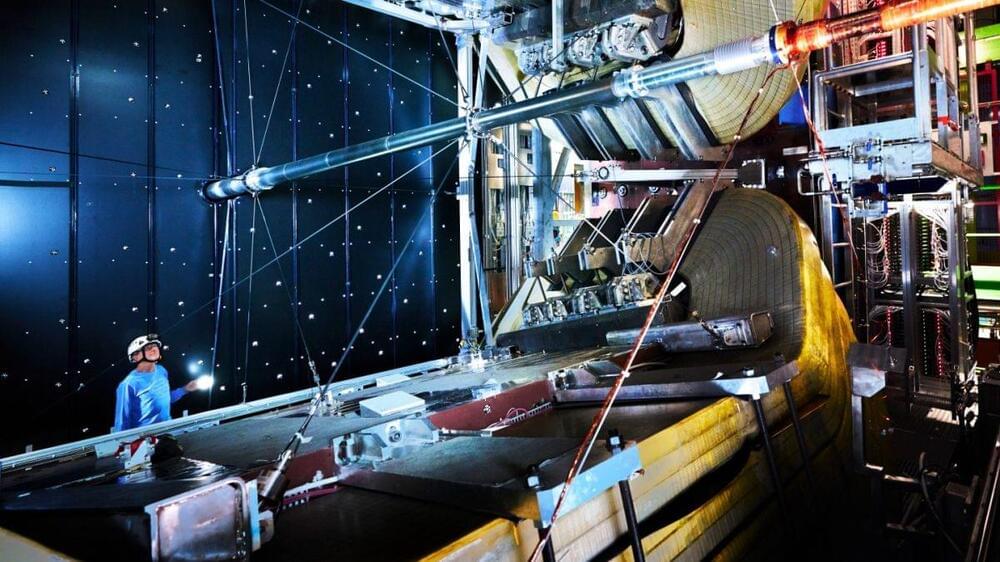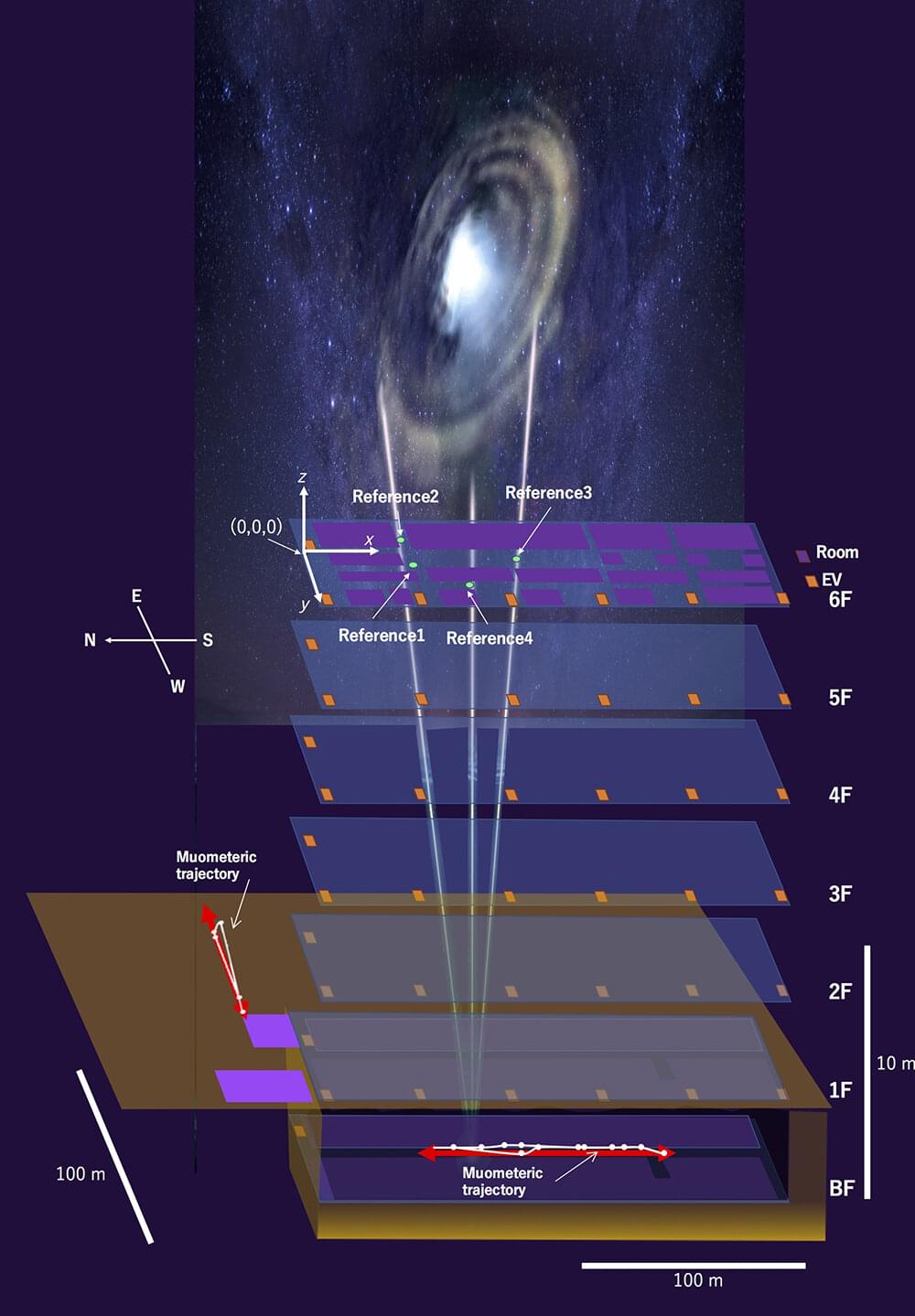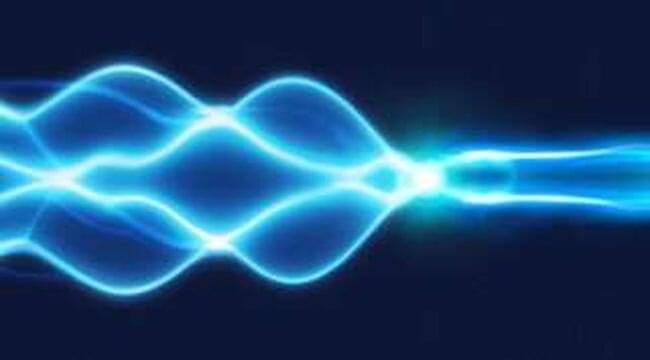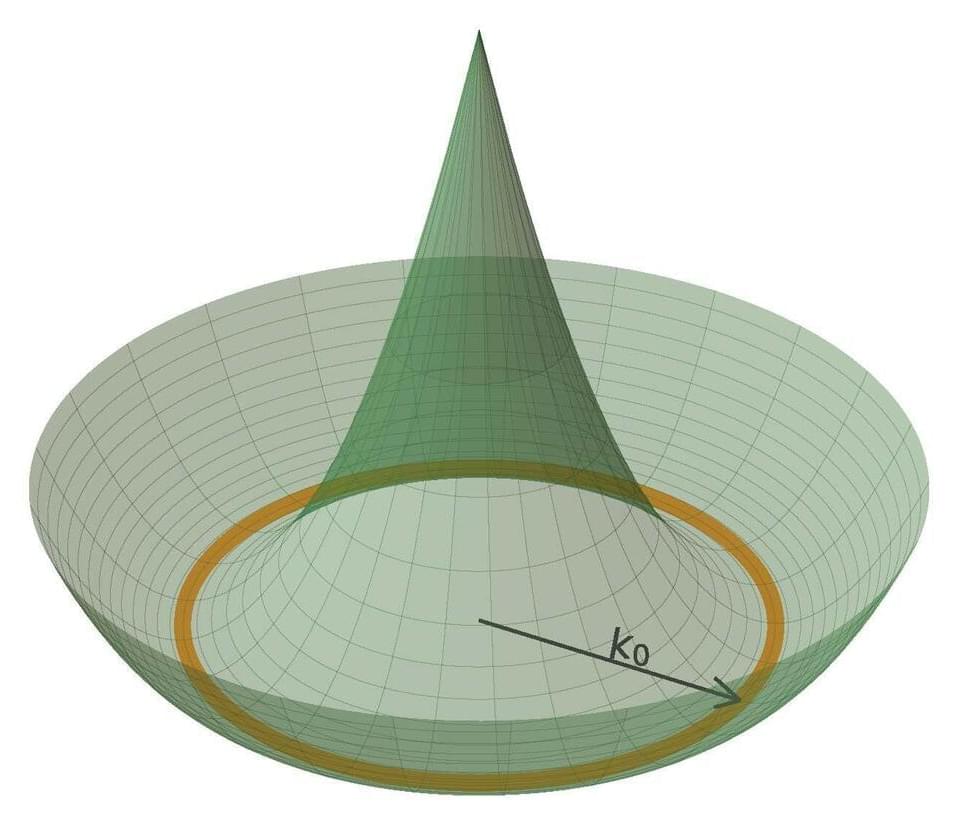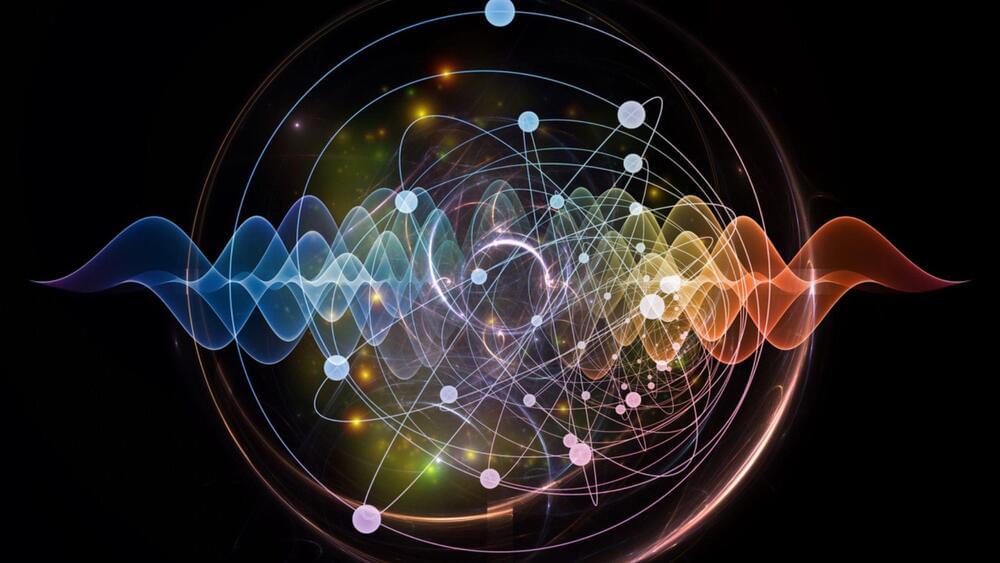A counterintuitive facet of the physics of photon interference has been uncovered by three researchers of Université libre de Bruxelles, Belgium. In an article published this month in Nature Photonics, they have proposed a thought experiment that utterly contradicts common knowledge on the so-called bunching property of photons. The observation of this anomalous bunching effect seems to be within reach of today’s photonic technologies and, if achieved, would strongly impact on our understanding of multiparticle quantum interferences.
One of the cornerstones of quantum physics is Niels Bohr’s complementarity principle, which, roughly speaking, states that objects may behave either like particles or like waves. These two mutually exclusive descriptions are well illustrated in the iconic double-slit experiment, where particles are impinging on a plate containing two slits. If the trajectory of each particle is not watched, one observes wave-like interference fringes when collecting the particles after going through the slits. But if the trajectories are watched, then the fringes disappear and everything happens as if we were dealing with particle-like balls in a classical world.
As coined by physicist Richard Feynman, the interference fringes originate from the absence of “which-path” information, so that the fringes must necessarily vanish as soon as the experiment allows us to learn that each particle has taken one or the other path through the left or right slit.
